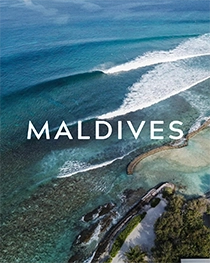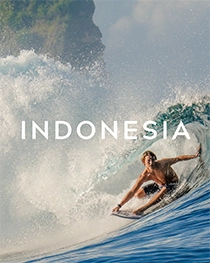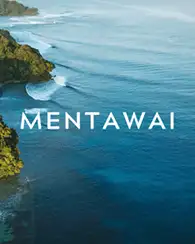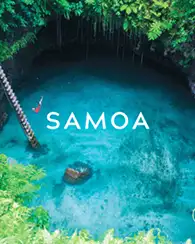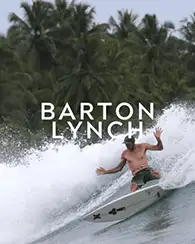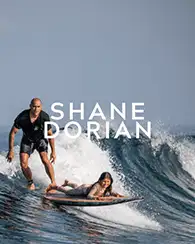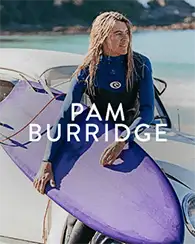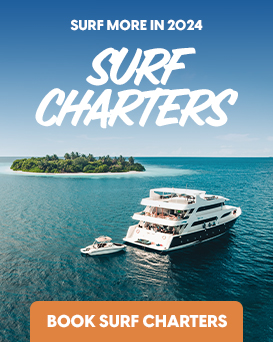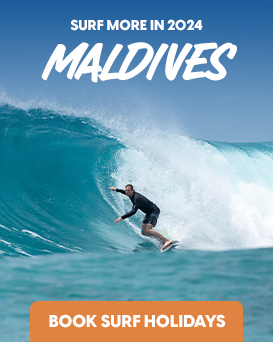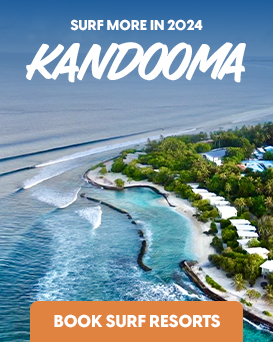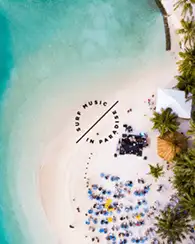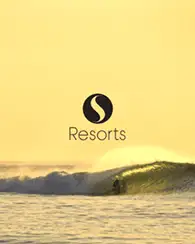Six of the best surfing spots within driving distance of Brisbane.
Are you looking at surfing near Brisbane in 2024? Below are some of the best waves in the area.
World renowned Noosa Heads is approximately 162 km north of Brisbane via road. Noosa is located on Queensland’s Sunshine Coast, roughly a 2 hour drive max. The Gold Coast on the other hand is only around 1 hours drive from Brisbane.
Both are great day trip options for Brisbane based surfers, or indeed international travellers based in Brisbane.
The Gold Coast’s point breaks are world class, pending the state of the sandbanks.
On a good day, all of the Gold Coast’s point breaks can be pumping.
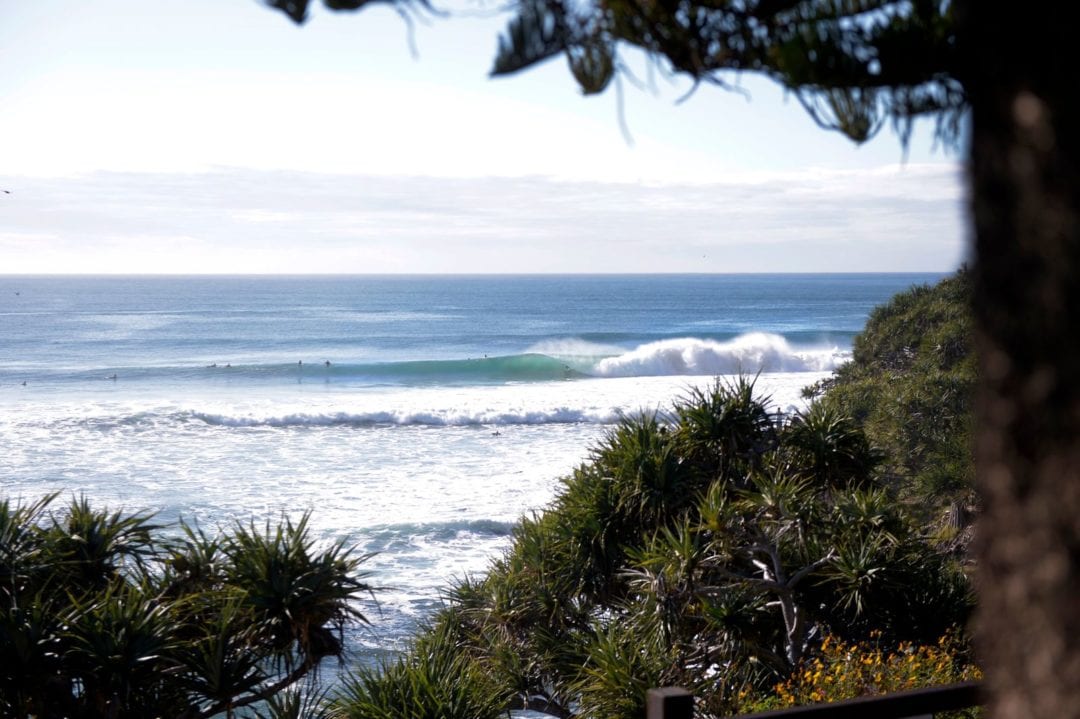
The Superbank otherwise known as Snapper Rocks is the most famous set up. It is a great wave for all levels. Experienced tube riders can take off behind the rock and enjoy deep, challenging tube rides in the 4-6ft plus range, sometimes holding up to 6-8ft plus if the sand is packed in tight and the wind offshore SW/S.
Further down the line into Rainbow Bay and Greenmount the wave often tapers off a little allowing for the occassional cutback or snap, before again reeling off on the long, hollow sandbar.
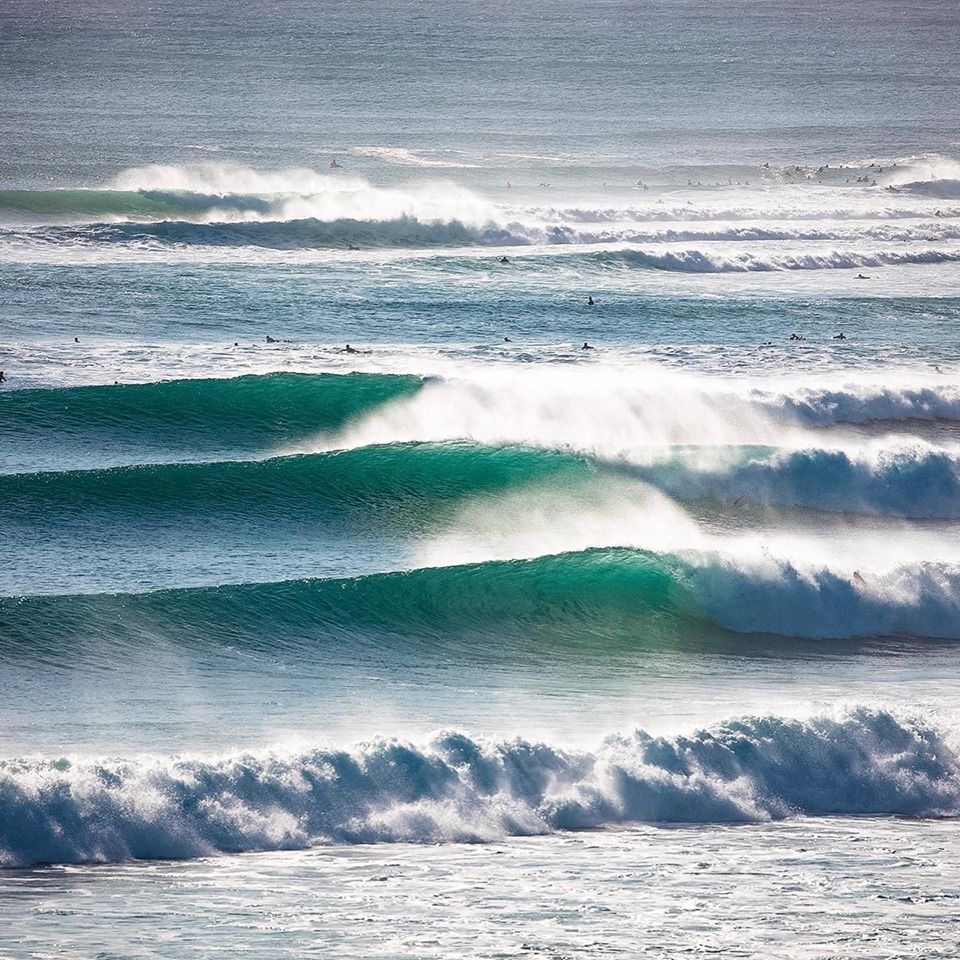
The Superbank. Note Snapper on the outside, Greenmount on the inside. Photo Sean Scott
Snapper is super consistent when the sand is right, surfable in Sth, SE, E and even ENE swells. It is best in light to moderate SW/S winds, but still reasonably good even in SE winds.
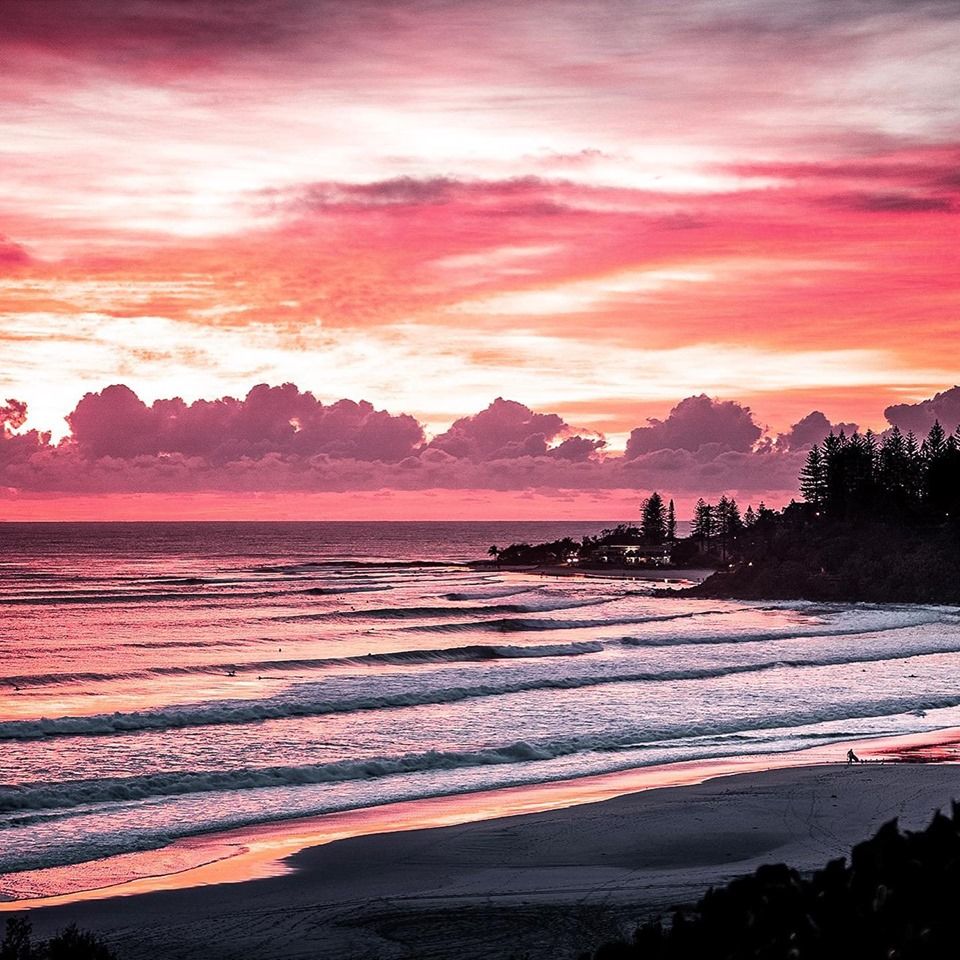
Another incredible image of the Superbank courtesy Sean Scott. Visit Sean’s store at Greenmount when in town.
The other natural phenomenum in the Snapper/Tweed region is Duranbah. D-bah as it is affectionally known is arguably the most consistent high quality beach break in Australia. It is a true swell magnet. If it’s flat at D-bah then you can be guaranteed there’s no surfable waves within at least a couple of hundred kilometre radius.
Duranbah is generally a peaky, often hollow and powerful beachy, best in offshore NW to SW winds and small to mid sized Sth and E swells. It can handle winds from the Sth and sometimes the banks can hold up to 6ft of swell, any bigger and it’s time to hit Snapper, Kirra or Burleigh.
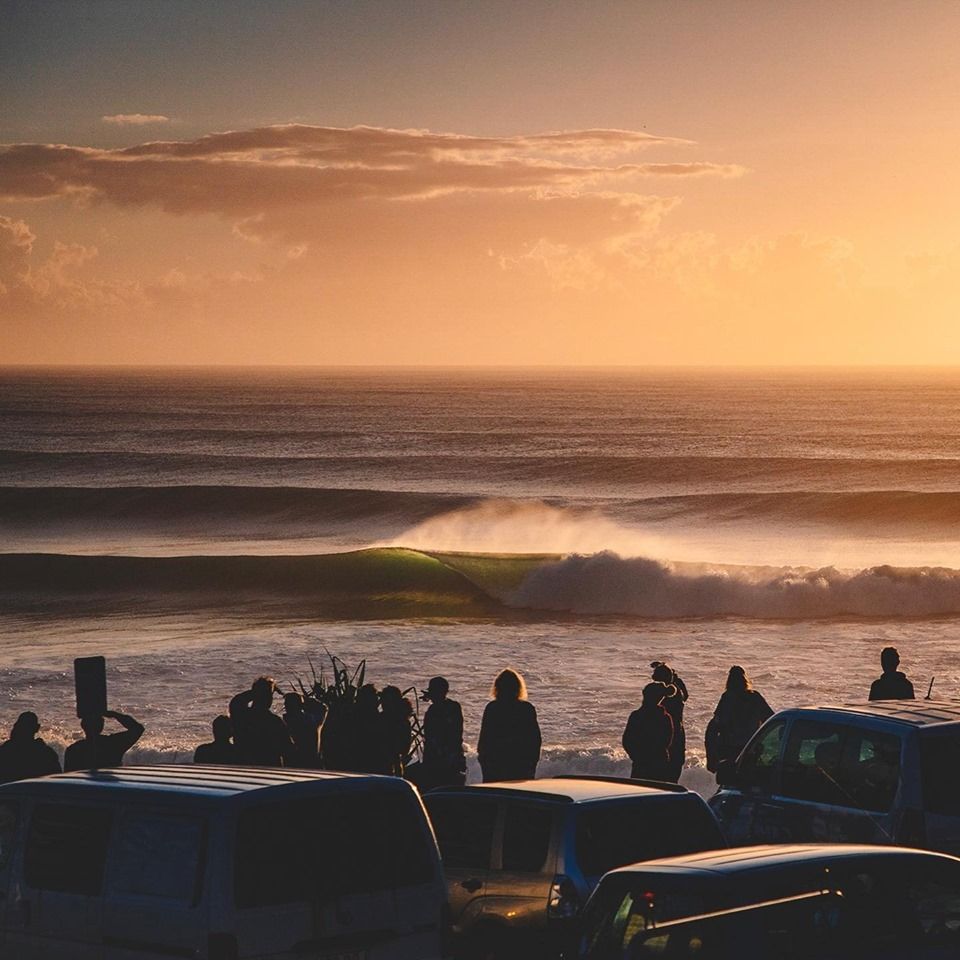
Burleigh’s cylindrical line up at dawn. Photo courtesy Sean Scott. You must check out Sean’s gallery when you visit.
Burleigh Heads
Wave Type: Sand on rock, hollow point-break
Level: Good to Intermediate-level surfers
An internationally renowned surfing spot, Burleigh Heads on the Gold Coast attracts surfers from all over the world, in the hope of threading a “Burleigh Barrel”. Take care when you are paddling out on the slippery rocks through the cove, and be mindful and respectful of the local surfing community. Best in mid sized ESE swells or slightly larger SE and even SSE or Sth swells with W through SW and even Sth winds
Currumbin Alley
Wave Type: Sand bottom point-break
Level: All levels
Another great spot for beginner surfers, as well as the more experienced, Currumbin Alley is another renowned surf break on the Gold Coast. The waves at Currumbin can be world-class when the sandbanks are right, with some killer right-handers. On it’s day “The Alley”” can deliver some of the best waves on the Gold Coast. A good spot during the week, but it can get quite crowded on the weekend due to the local surf school’s popularity and the beach area itself. Once again, be polite and respectful of locals as they can get somewhat temperamental with newcomers encroaching on “their” space.
Noosa
Wave Type: Various types of sand on rock pointbreaks, as well as nearby beachbreaks too.
Level: Noosa caters for all levels from beginners, longboarders and shortboard shredders.
Noosa is a go-to area for all levels of surfers — so much so that the crowds can be crazy during well publiscised swells, so you need to time your trip.
There are so many surfable options in and around Noosa, with various open beachbreaks and the more sheltered point breaks. The open beach breaks at Sunshine Beach and A-Bay often tend to max out at about two metres, whereas the sheltered pointbreaks inside Noosa National Park, IE Granite Bay, Tea Tree, Nationals, Little Cove and First Point often handle the biggest of swells.
The infamous Noosa points are best in solid E or ENE swells combined with Sth or SE winds.
